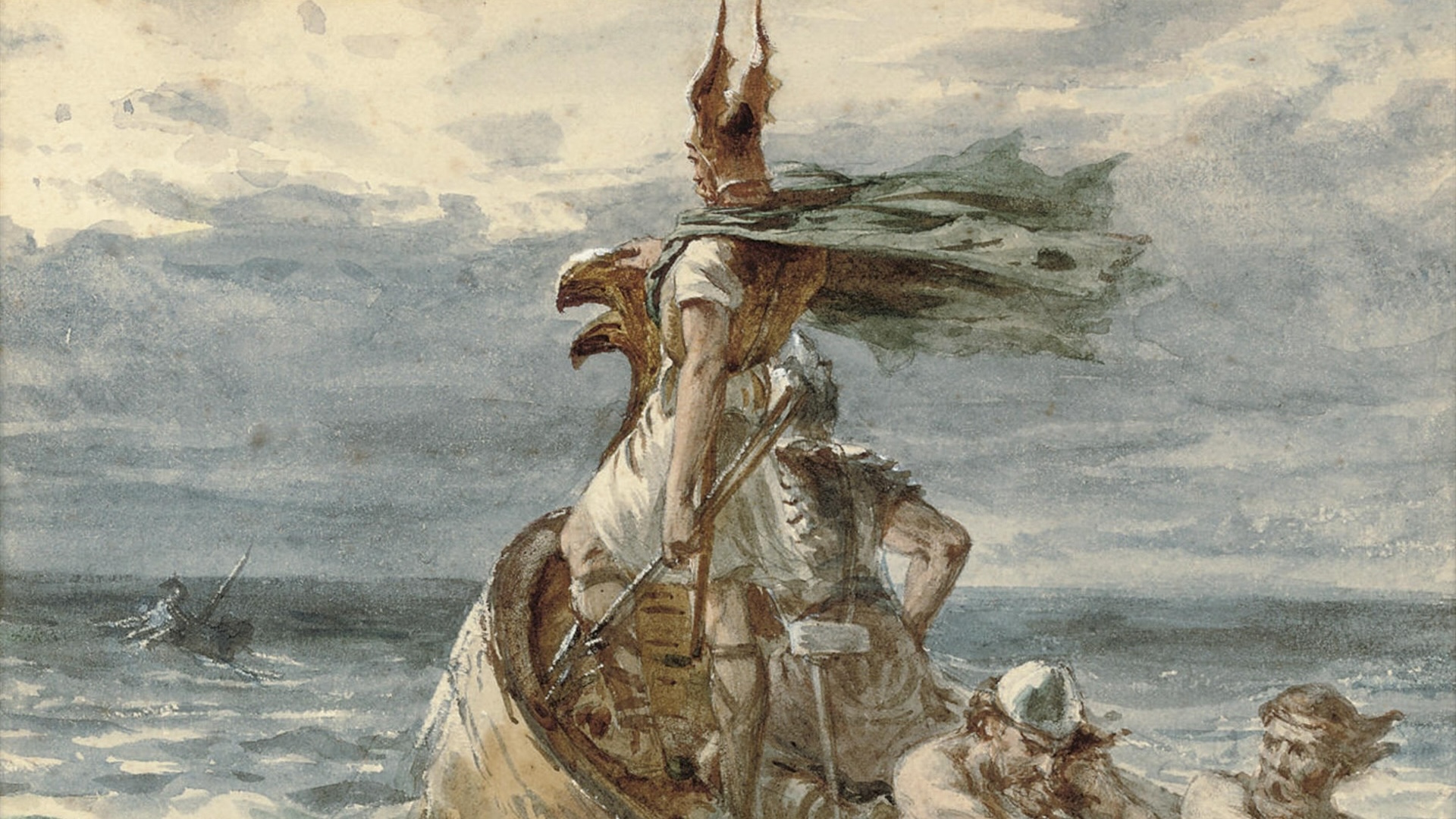Polar bear parts are being smuggled around the world
Bear parts are seized in Australia and New Zealand.

People have smuggled hundreds of bear body parts — including polar bear parts — into Australia and New Zealand, a new study reveals.
Enforcement agencies seized bear teeth, rugs, bile and embryos suspended in honey from passengers arriving in Australia and New Zealand from 2007 to 2018.
Most of the bear parts and derivatives, such as gallbladder bile, were ingredients in traditional medicines. The goods were most often seized from people traveling into Australia and New Zealand from China, but they also came from other countries such as the U.S. and Canada.
"We knew we would find some records, but we never expected them to be in the hundreds or the diversity of products and number of countries from which they were being sourced/transported," lead author Phill Cassey, head of ecology and evolutionary biology at the University of Adelaide in Australia, told Live Science in an email.
Related: Polar bear photos: Stunning shots capture Earth's icons of climate change
Trade in wildlife threatens many species around the world, according to World Wildlife Fund (WWF). Bears are traded for their gallbladder bile, which is used in traditional Asian medicines, as well as their meat and body parts, such as those used as hunting trophies, according to the study.
To gain a greater understanding of the bear trade, the researchers looked at countries that don't have their own wild bears. "We were intrigued to know how much of a role countries without native bears were playing in this trade," Cassey said.
Sign up for the Live Science daily newsletter now
Get the world’s most fascinating discoveries delivered straight to your inbox.
The research team found records of 781 seizures; 369 in Australia and 412 in New Zealand. They involved five of the eight bear species and all seizures were declared for "personal use." The number of seizures declined in Australia during the study period, from a peak of 74 in 2011 to 12 in 2018. There was no such decline in New Zealand. Though 2009 was a peak for seizures with 52 and 2018 was a low point with 13 seizures, the overall trend was more variable than Australia, with more than 40 seizures in 2017 for example.
The items seized came from 33 countries spread around the world, with China being the reported origin of 37.7% of seizures in Australia and of 71.2% of seizures made in New Zealand, according to the study. The most common items seized were traditional medicines made out of bear bile, the researchers reported in the study published Nov. 4 in the journal Pacific Conservation Biology.
Humans obtain bear bile by killing bears or by keeping them alive in cages in bear farms, where handlers regularly extract the bile, such as through a catheter inserted in their gallbladder, according to Animals Asia, a nonprofit working to end bear bile farming.
Bear bile contains ursodeoxycholic acid, which can be used to reduce the absorption of cholesterol and dissolve gallbladder stones in people, according to the Chemical Entities of Biological Interest (ChEBI) database. However, herbal and synthetic alternatives exist with the same properties and bear bile is used to treat many conditions that it does not benefit, such as hangovers, according to Animals Asia.
The U.S. and Canada were the biggest source of bear body parts, such as teeth, claws and trophy heads. "North America is popular with trophy hunters," Cassey said. "Some legal hunting is still permitted in North America and Europe, and clearly Australians and New Zealanders are partaking in these activities."
Travelers had legally procured some of these seized items, which were returned to them. That was the case far more often for trophies than it was for medicines, teeth and claws, the majority of which were illegal. The study highlights the demand for bear parts and their derivatives in countries without wild bears.
"The illegal wildlife trade is a global problem, which needs global solutions," Cassey said. "Just because Australia and New Zealand don't have any native bears doesn't mean they aren't part of the problem.
Originally published on Live Science.

Patrick Pester is the trending news writer at Live Science. His work has appeared on other science websites, such as BBC Science Focus and Scientific American. Patrick retrained as a journalist after spending his early career working in zoos and wildlife conservation. He was awarded the Master's Excellence Scholarship to study at Cardiff University where he completed a master's degree in international journalism. He also has a second master's degree in biodiversity, evolution and conservation in action from Middlesex University London. When he isn't writing news, Patrick investigates the sale of human remains.










